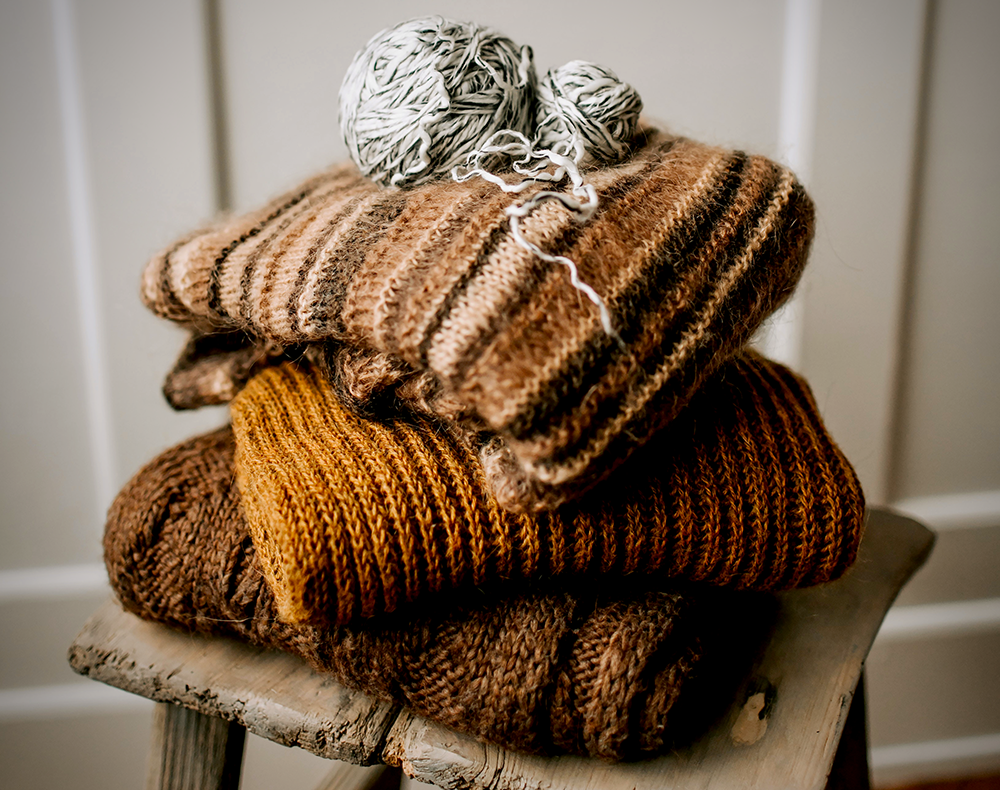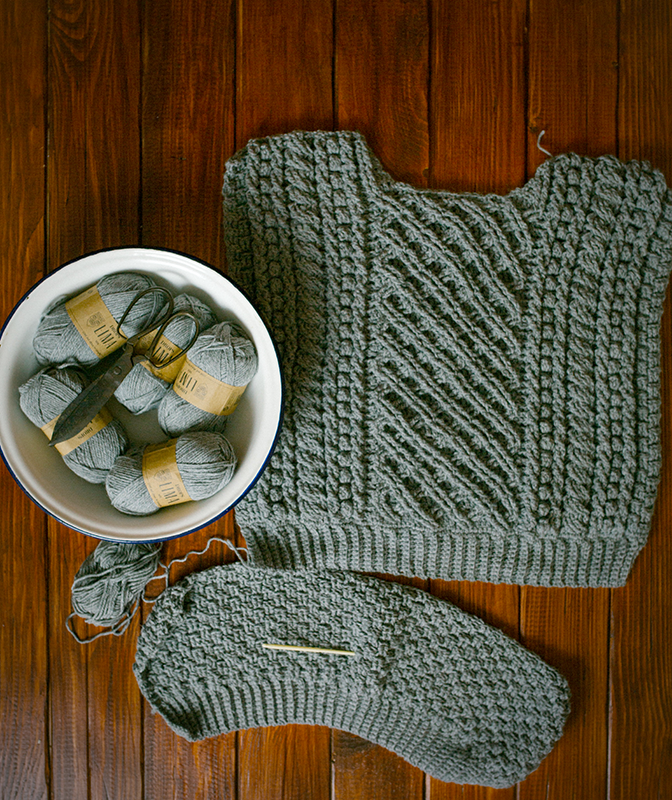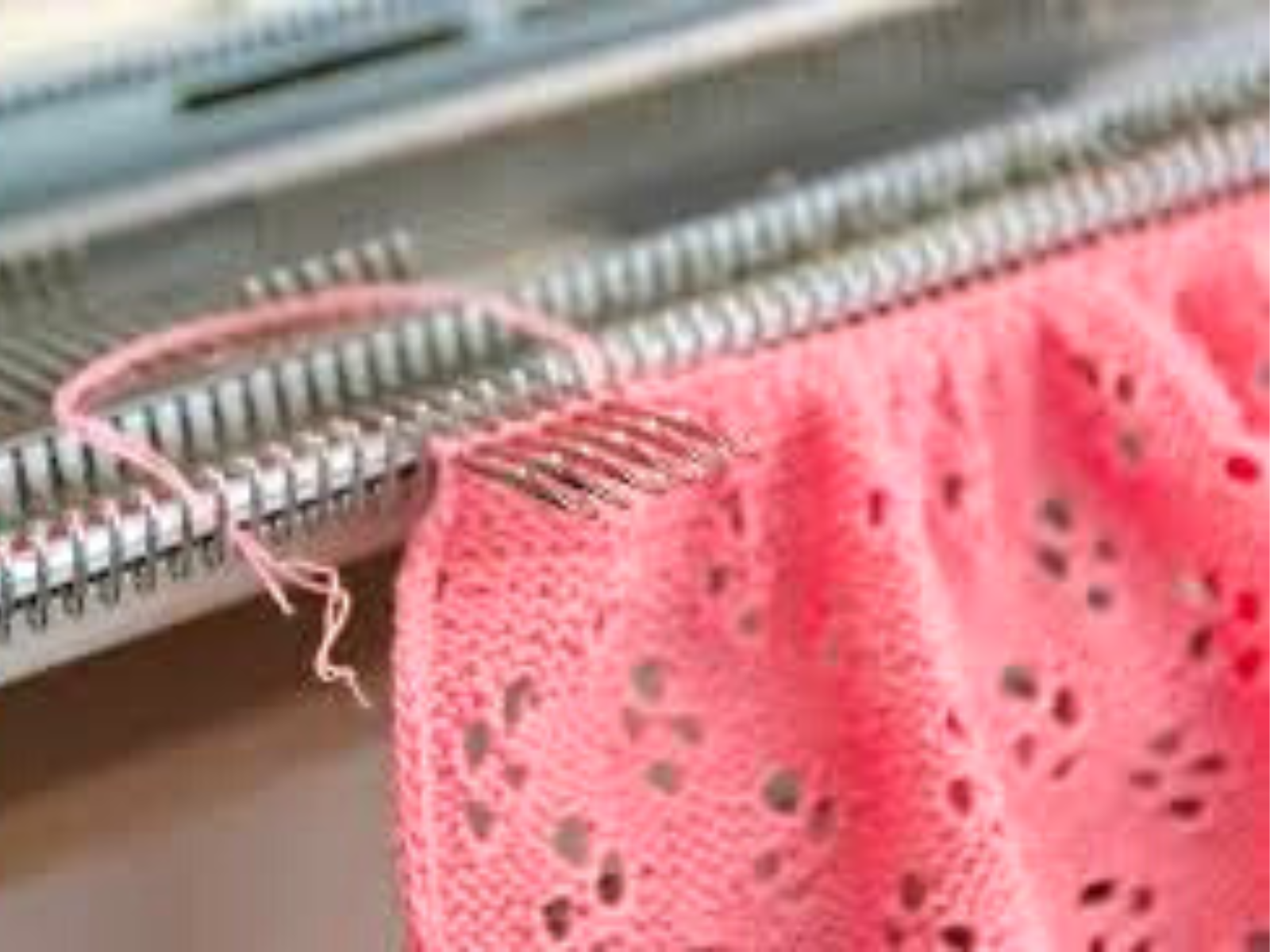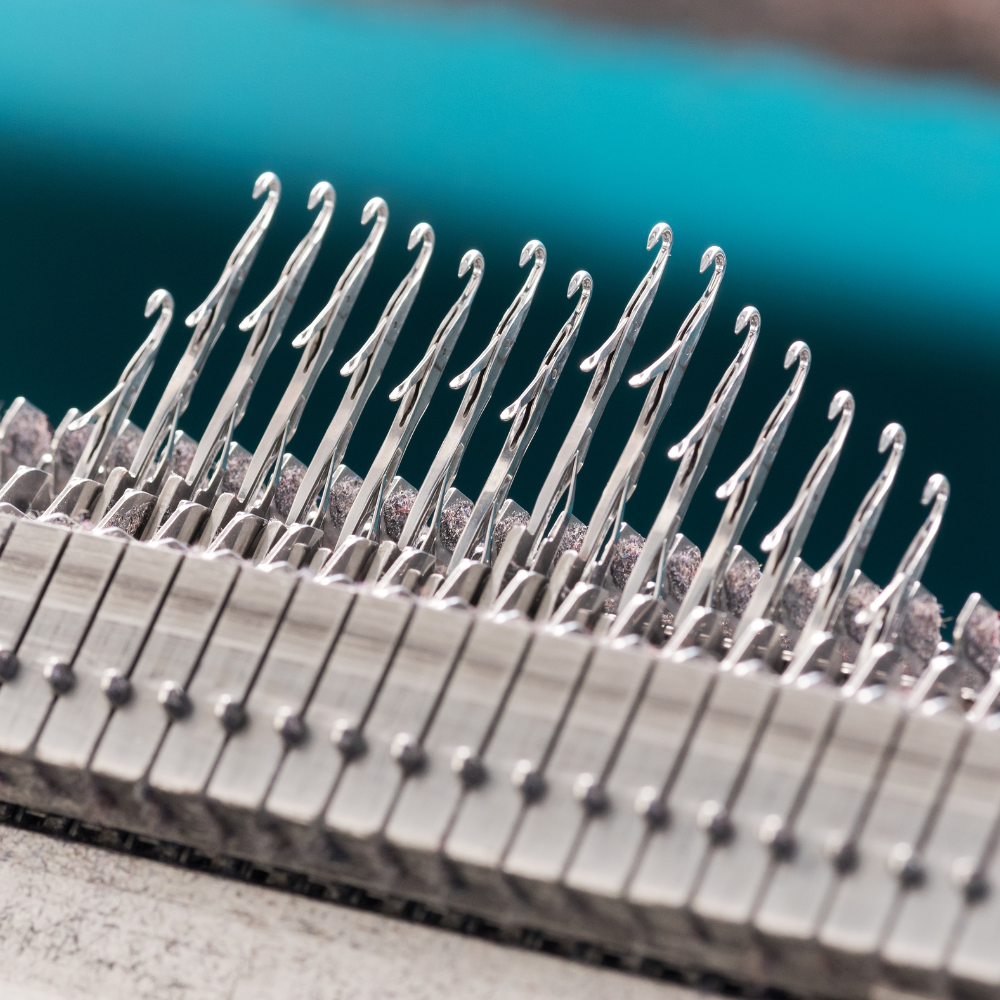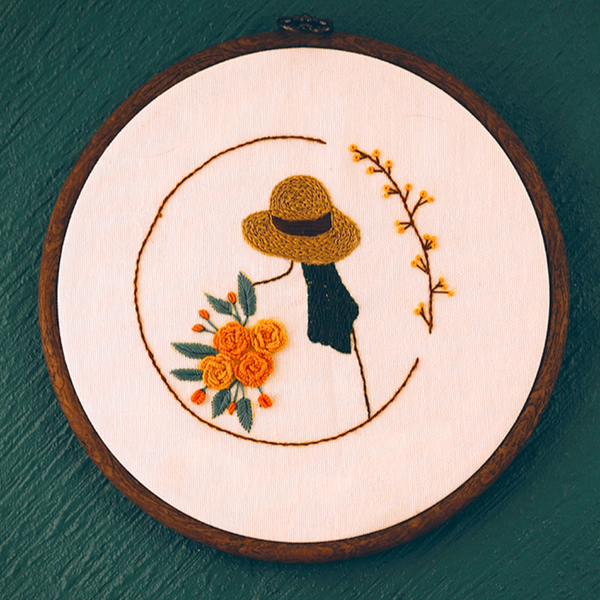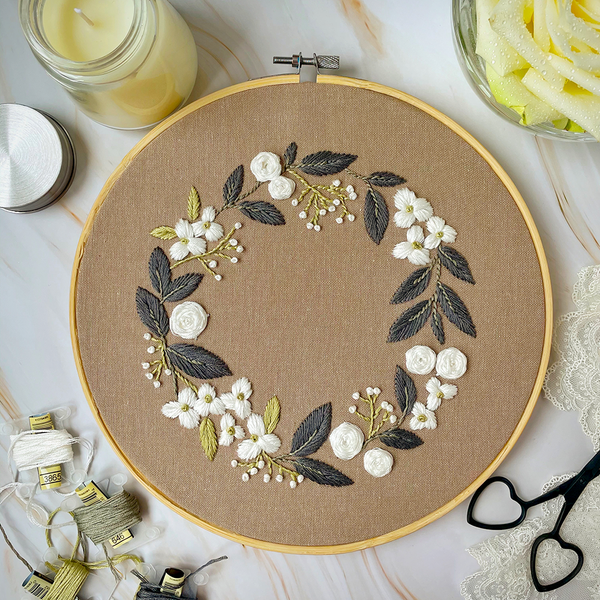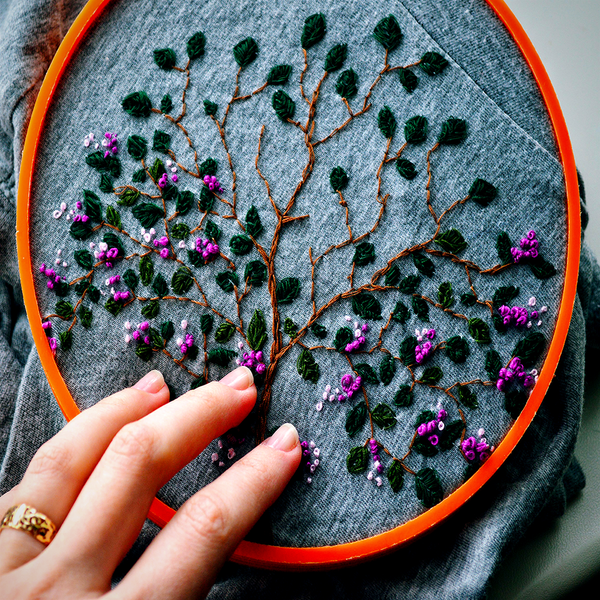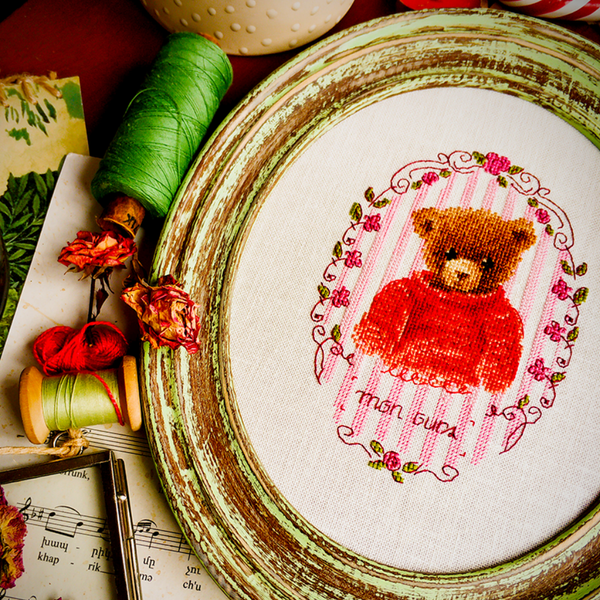Are you ready to take the plunge into the exciting world of knitting?
With so many materials, knitting needles, stitches, and fabrics to choose from - why wouldn't you want to make your own beautiful pieces of artwork!
And if you're ready to switch things up from traditional knitting, look no further than a knitting machine!
With its multiple needles and different yarns, it offers artisans of all levels an exciting environment in which they can create elaborate patterns and expertly crafted garments.
But before you start stitching away, there's one important question to answer: how many needles do I need for a knitting machine?
In this blog post, we'll guide you through everything you need to know about choosing and using the right needles for your own knitting machine setup.
Whether you're new to this craft or an experienced knitter just starting out with machines, we have something for everyone.
So, get out those yarns, project plans and inspiration boards - it's time to get stitching!
Key Takeaways:
- Understanding the needle requirements for different types of knitting machines is crucial for optimal machine performance and fabric quality.
- The number of needles needed is determined by the machine's gauge, the type of yarn used, and the complexity of the stitch patterns.
- Regular maintenance, including needle replacement, is essential to ensure your knitting machine operates smoothly and produces high-quality knits.
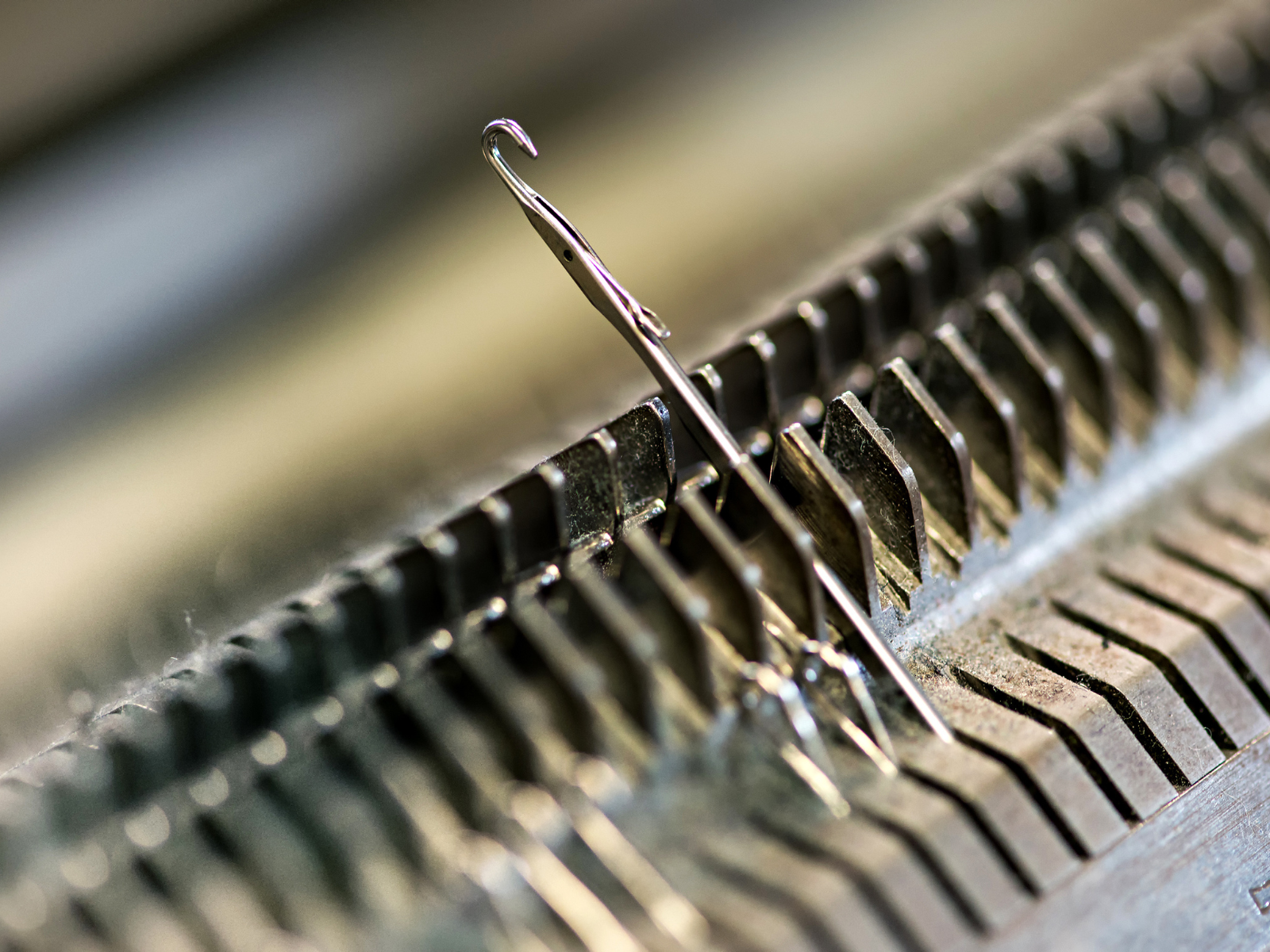


Machine Knitting: Level Up Your Craft
Knitting machines have revolutionized the way we create knitted items, from sweaters and socks to hats and scarves.
The efficiency and precision they offer have made them a staple for both hobbyists and professional machine knitters.
From the first machine introduced to the market to the modern devices we have today, knitting machines have evolved significantly.
This evolution has impacted the number of needles used, the types of fabric that can be created, and the overall efficiency of knitting.
As technology advances, so do knitting machines.
We may see machines with adjustable needle beds or other innovations that could change the number of needles needed for machine knitting.
Knitting machines come in various types and configurations, ranging from simple hand-operated ones to fully automated computerized models.
Each machine has a different gauge, which refers to the number of needles per inch.
The most commonly used gauges are the standard 4.5mm, 6mm or 9mm, but finer or coarser gauges are also available.
The gauge of a knitting machine refers to the needle spacing on the needle bed.
Standard gauge machines, for example, are designed for thin yarns like fingering weight and can have as many as 200 needles.
These machines are perfect for creating fine, detailed fabric.
On the other hand, bulky machines cater to chunky yarns and have fewer needles, which are spaced further apart to accommodate the thicker yarn.
Whether you're looking to knit fine lace or heavy sweaters, the number of needles on your knitting machine will determine what you can create.
Different projects may require different machines, or at least an understanding of how to utilize the needles effectively for various fabric types.
Selecting the Best Knitting Machine
When choosing the best knitting machine for your needs, consider the needle count and the types of knitted suits or items you wish to create.
A Singer knitting machine or an Addi Express Professional might be suitable for beginners, while more advanced machine knitters might opt for a plastic bed machine or other knitting machines that offer a wider range of stitch patterns and needle configurations.
Machines with a higher number of needles enable the creation of more intricate and complex designs, making them perfect for creating intricate lace patterns or Fair Isle knits.
For beginners, we recommend starting with a machine that has fewer needles to get familiar with the basics.
Later on, you can upgrade to machines with more needles as your skills improve.
It's also important to consider the type of knitting machine; knitting machines can also either be circular or flat-bed.
Circular knitting machines, like the Addi Express King, are designed for creating tubular pieces and typically have a fixed number of needles.
Flat bed machines, on the other hand, can vary in needle count and are used for creating flat pieces. The choice between the two depends on the shapes and types of fabric you want to create.
Additionally, consider the type of yarn you plan to use, as each machine is designed for a specific weight or thickness of yarn.
For example, fine gauge machines work best with lightweight yarns, while bulky machines are ideal for thicker and heavier yarns.
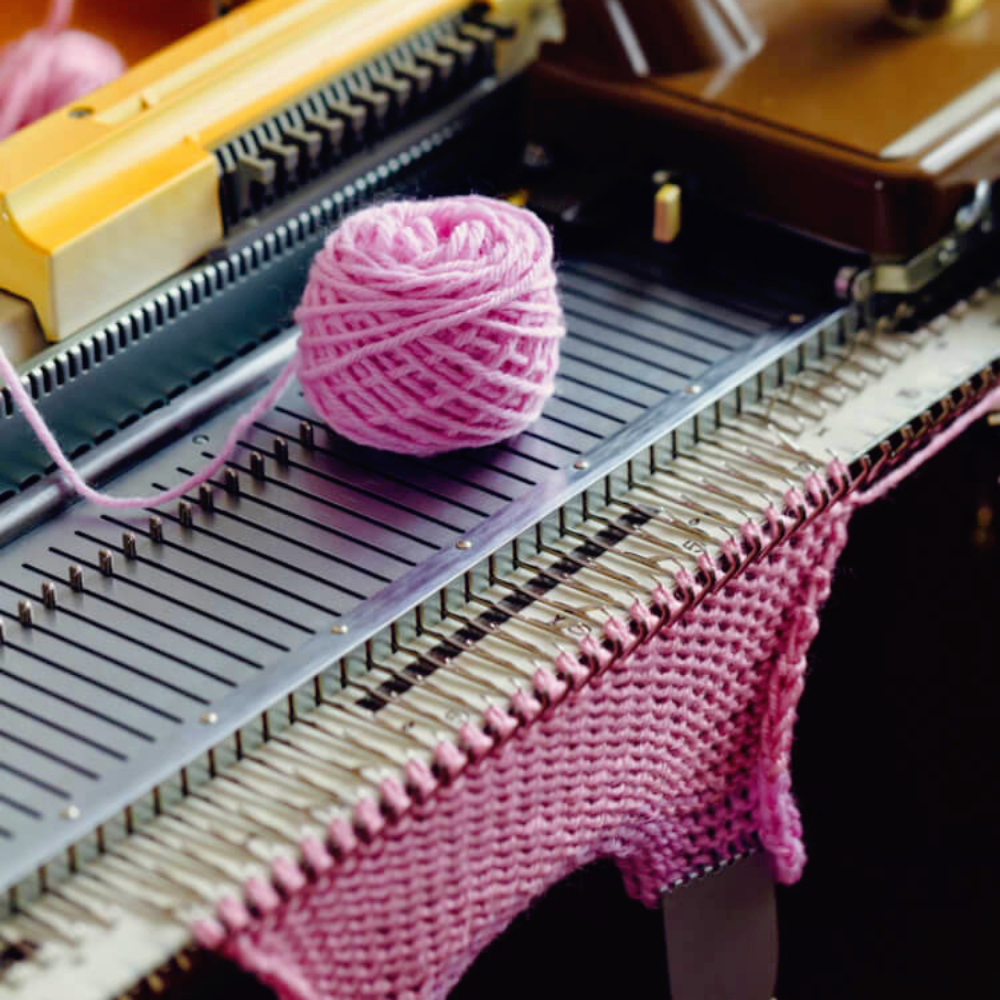
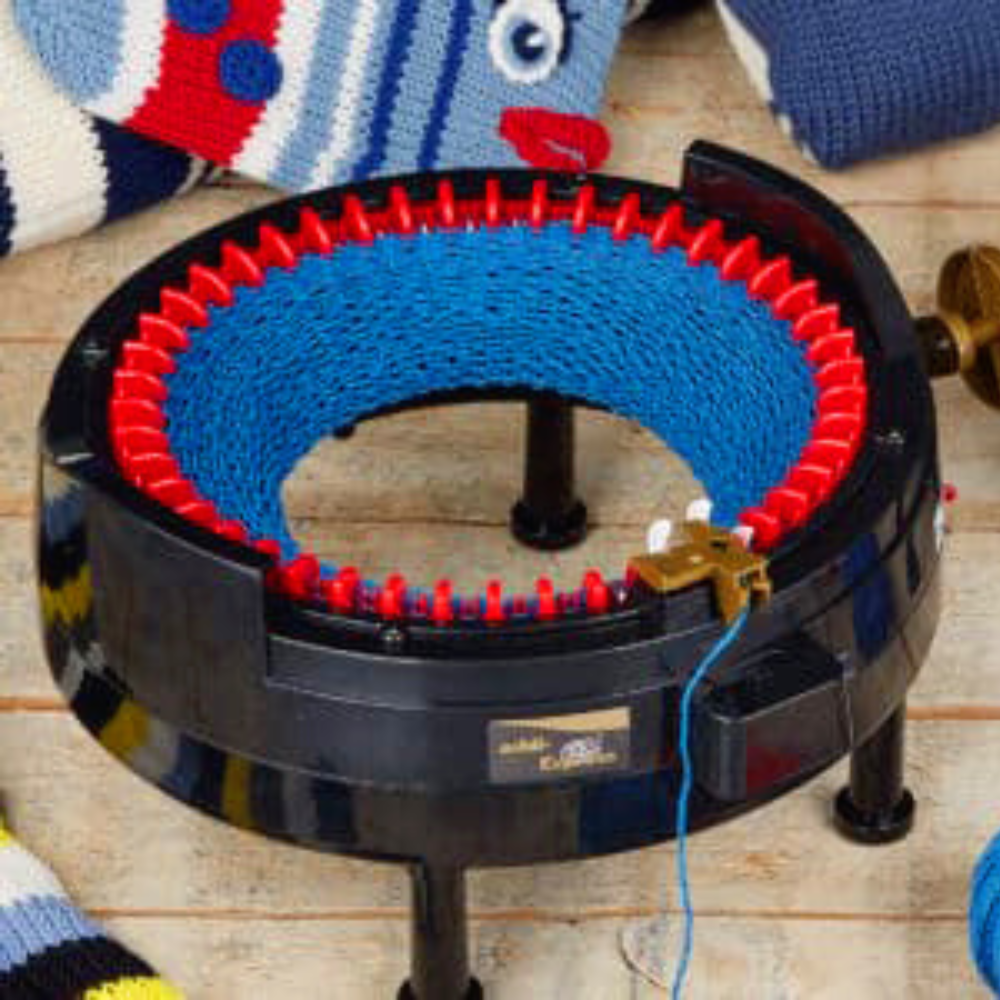
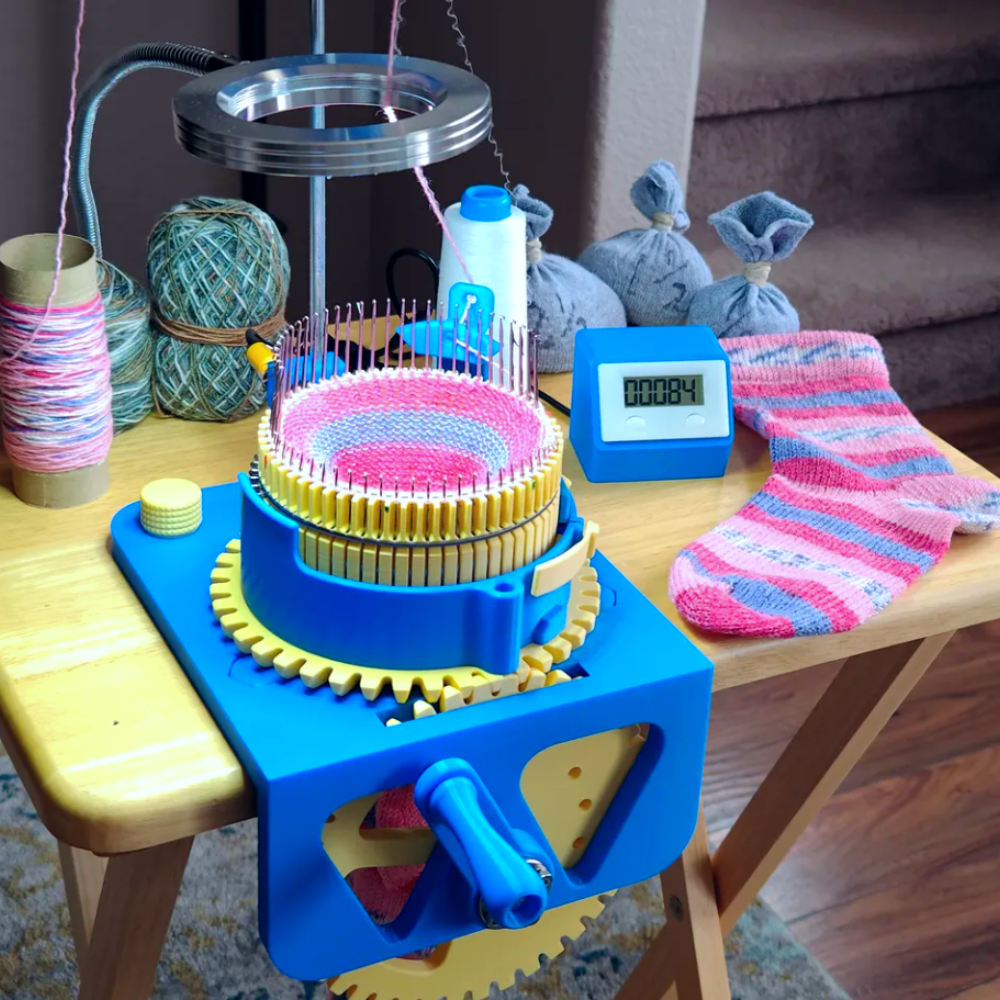
Needles and Yarn Types
The type of yarn you plan to use greatly influences the number of needles your knitting machine will require.
For worsted weight yarn, mid gauge machines are often the best choice, typically equipped with 150 to 200 needles.
Sport weight yarns work well with standard gauge machines, while bulky machines are ideal for chunky yarns, and fewer stitches are needed to create a larger, more textured fabric.
It's important to note that using the wrong yarn for your machine can lead to a range of issues, including dropped stitches and uneven tension.
Needles are not only pivotal for forming the basic knit and purl stitch but also for executing complex stitch patterns.
Machine knits can include intricate designs that may require additional needles or specific needle arrangements.
For example, creating a garter stitch on a machine may necessitate the use of special needle hooks or accessories.
Furthermore, certain stitch types may require the use of a ribber attachment or more than one set of needles.
Make sure to familiarize yourself with your machine's capabilities and requirements before starting a project.
Proper yarn tension is essential for machine knitting, as it ensures that the stitches are even and the fabric quality is consistent.
The tension can affect how the needles interact with the yarn, and if not set correctly, it can lead to dropped stitches or damage to the needles.
Follow your machine's manual to set the correct tension for your yarn and adjust it accordingly while knitting.

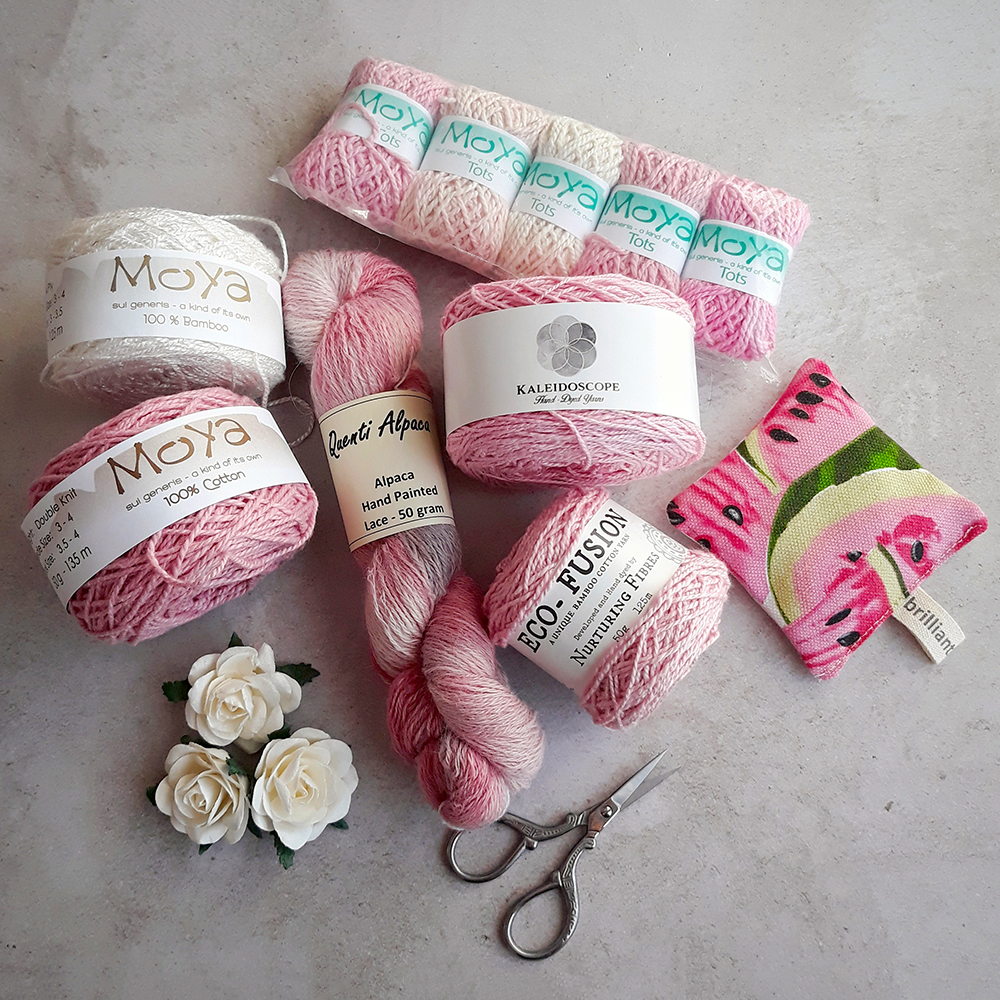

Needle Selection, Maintenance, & Replacement
Over time, needles can become bent or dull, which can affect your knitting quality.
Replacement needles are a must-have for any machine knitter.
It's important to know how to replace needles on your specific machine, whether it's a Singer knitting machine, Sentro knitting machine, or a different brand.
Optimizing Needle Selection for Various Yarn Weights
When it comes to working with different yarn weights on a knitting machine, the needle selection is paramount.
For instance, sport weight yarn, which is lighter than worsted but heavier than fingering, requires a specific needle size to ensure the stitch pattern remains even and the fabric quality is consistent.
As mentioned earlier, the gauge of the machine plays a crucial role in this selection process.
A machine set for a finer gauge is better suited for thin yarn, while a bulkier yarn like sport weight may necessitate a mid-gauge machine to accommodate the thickness without causing dropped stitches or needle damage.
Furthermore, the hook size of the needles must be considered in relation to the yarn weight.
A needle with a hook that's too small may struggle to catch and loop sport weight yarn, leading to missed or dropped stitches.
Conversely, a hook that's too large can create overly loose stitches and a lackluster stitch pattern.
Machine knitters, especially those transitioning from hand knitting, should pay close attention to the recommended needle sizes for their chosen yarn weight to ensure optimal results.
This attention to detail will help in producing high-quality knitted items, whether they're made on an Addi Express Pro, other machines, or even circular knitting machines.
Precision of Circular Knitting Machines
Circular knitting machines are marvels of textile engineering, designed to create seamless tubes of fabric for items such as socks, hats, and sleeves.
The precision of needle positioning is paramount in these machines.
Each needle must align perfectly to ensure uniform stitch size and prevent the common issue of dropped stitches.
A misaligned needle can lead to uneven fabric or, worse, cause the machine to malfunction.
For the hand knitter transitioning to a circular knitting machine, understanding the importance of needle positioning is crucial for achieving professional results.
In practice, a circular knitting machine operates with a set of latch needles that are arranged in a circle.
As the machine turns, the needles work in harmony to pull loops of yarn through one another.
This synchronized dance is what creates the knitted fabric.
However, if a needle is bent or not properly inserted, it can lead to dropped stitches, which are frustrating and time-consuming to correct.
Regular checks and adjustments are necessary to maintain the precision required for flawless knitting.
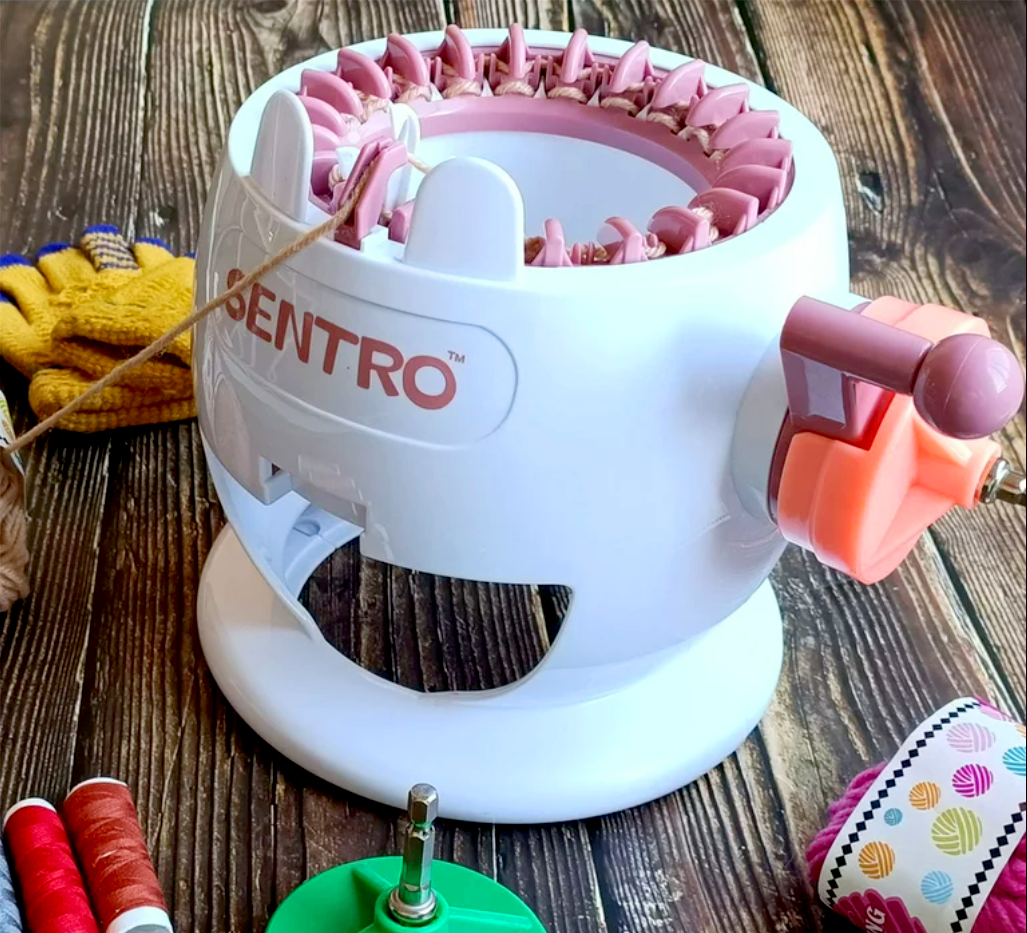
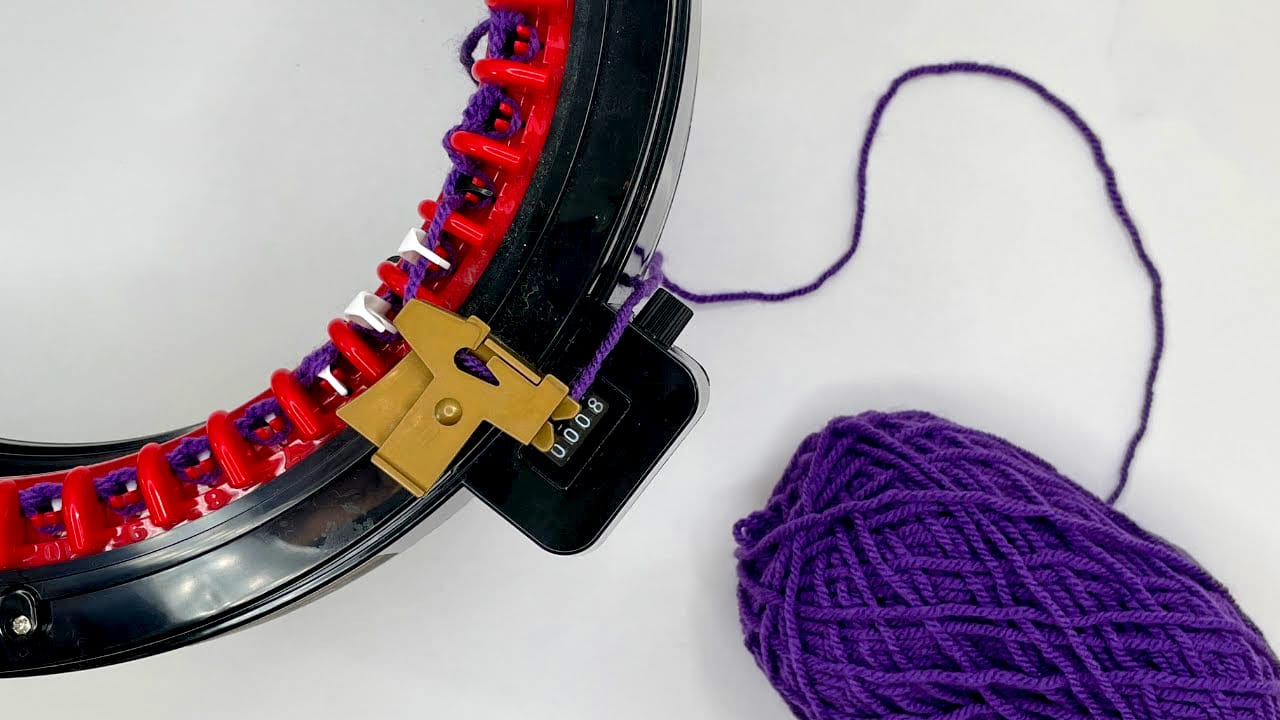

Troubleshooting Common Needle Issues
Dropped stitches are a common issue in machine knitting and can often be attributed to needle problems.
When a knitting machine creates dropped stitches, it means that a needle has either missed the stitch or failed to hold the yarn loop.
This problem can be caused by various factors, such as incorrect needle positioning, bent needles, or improper tension settings.
Fortunately, with proper maintenance and troubleshooting techniques, most needle-related issues can be easily resolved.
Learning how to quickly identify and fix dropped stitches with tools like a crochet hook can save a lot of time and frustration.
The Impact of Needle Quality on Dropped Stitches
When it comes to machine knitting, the quality of the needles can have a significant impact on the occurrence of dropped stitches.
Dropped stitches are a common issue that can disrupt the uniformity of the knitted fabric, leading to imperfections and potentially ruining a project.
High-quality needles, with smooth surfaces and precise manufacturing, reduce the likelihood of yarn snagging or slipping, which are common causes of dropped stitches.
It's essential to invest in needles that are well-made and suitable for the type of yarn being used to ensure a seamless knitting experience.
Moreover, the alignment and condition of the needles play a crucial role in preventing dropped stitches.
Needles that are bent, dull, or improperly inserted into the knitting machine can fail to catch the yarn adequately, resulting in dropped stitches.
Regular inspection and maintenance of the needles can help identify any that are damaged or worn out, allowing for timely replacement.
By maintaining a set of high-quality, well-conditioned needles, knitters can significantly minimize the frustrating occurrence of dropped stitches and maintain the integrity of their designs.
Avoiding Dropped Stitches in Complex Patterns
Knitting complex patterns on a machine presents its own set of challenges, with dropped stitches being a particularly vexing issue.
To avoid dropped stitches, especially when working with intricate designs, it's important to use a knitting machine that allows for precise control over needle movement.
Some advanced machines offer features that can detect and correct potential dropped stitches before they occur, which is invaluable when creating detailed knitting patterns.
Additionally, using the appropriate weight and type of yarn for the selected pattern can help ensure that the needles can properly manipulate the yarn without causing it to slip or unravel.
Another effective strategy is to adjust the knitting machine's tension settings according to the complexity of the pattern and the yarn weight.
Tension that is too tight can cause the yarn to break or the needles to struggle, leading to dropped stitches.
Conversely, tension that is too loose may not provide enough control, allowing stitches to slip off the needles.
By carefully calibrating the tension and paying close attention to the machine's settings, knitters can greatly reduce the risk of dropped stitches and achieve a high-quality finish in their complex patterned projects.
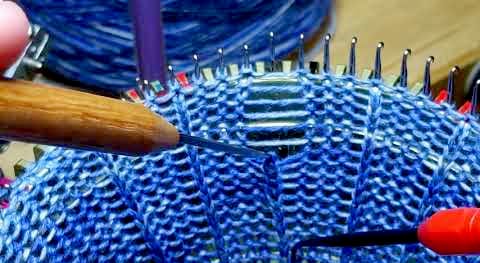


Knitting Machine Accessories
Accessories like the row counter or suction cups can enhance your machine knitting experience.
They can help keep track of your work and secure your machine to a stable surface, respectively.
Row counters are a convenient accessory for keeping track of rows while working on a project.
They come in various styles, from simple clickers to digital counters and trackers that can be mounted onto the knitting machine.
Some even have multiple counting functions, such as tracking pattern repeats or counting specific sections of a project.
Using a row counter can help prevent mistakes and make it easier to pick up where you left off if you need to pause your knitting.
Suction cups are an essential accessory for machine knitters who want to secure their machine on a stable surface.
They come in a variety of sizes and styles to fit different knitting machines.
Suction cups help prevent the machine from shifting or moving while in use, which can affect stitch tension and lead to errors.
By securing the machine with suction cups, knitters can focus on their work without worrying about the machine slipping or falling.
When shopping for knitting machine accessories, it's crucial to ensure compatibility with your specific machine model.
Knowing which accessories are compatible with your machine and how they can aid in the knitting process is beneficial.
Transitioning: Hand Knitting to Machine Knitting
Hand knitters transitioning to machine knitting may find the needle requirements quite different.
Machine knitters often use coned yarn and need to adjust to the mechanical aspects of creating knits, which includes understanding the needle bed and the number of needles required for different yarn weights.
However, with practice and understanding the basics of machine knitting, hand knitters can quickly adapt to using a knitting machine.
Familiarizing yourself with the parts and functions of your specific machine, as well as practicing different techniques, will help ease the transition.
Adapting Hand Knitting Patterns to Machine Knitting
Adapting hand knitting patterns to machine knitting can open up a world of possibilities for the creative hand knitter.
While hand knitting allows for a tactile and meditative experience, machine knitting can significantly speed up the process, making it ideal for larger or more time-sensitive projects.
However, the transition requires an understanding of how to convert the nuances of hand-knitted designs to the mechanical precision of a knitting machine.
This includes recalculating stitch counts, tension settings, and considering the capabilities of the machine being used.
For instance, a hand knitter may be accustomed to creating intricate cable patterns with a cable needle.
On a knitting machine, these effects are achieved through the manipulation of needles and the use of specific machine settings or accessories.
The hand knitter must become familiar with the machine's manual to understand how to replicate their desired patterns.
Additionally, they must be willing to experiment and possibly adjust their original pattern to accommodate the strengths and limitations of the machine knitting process.
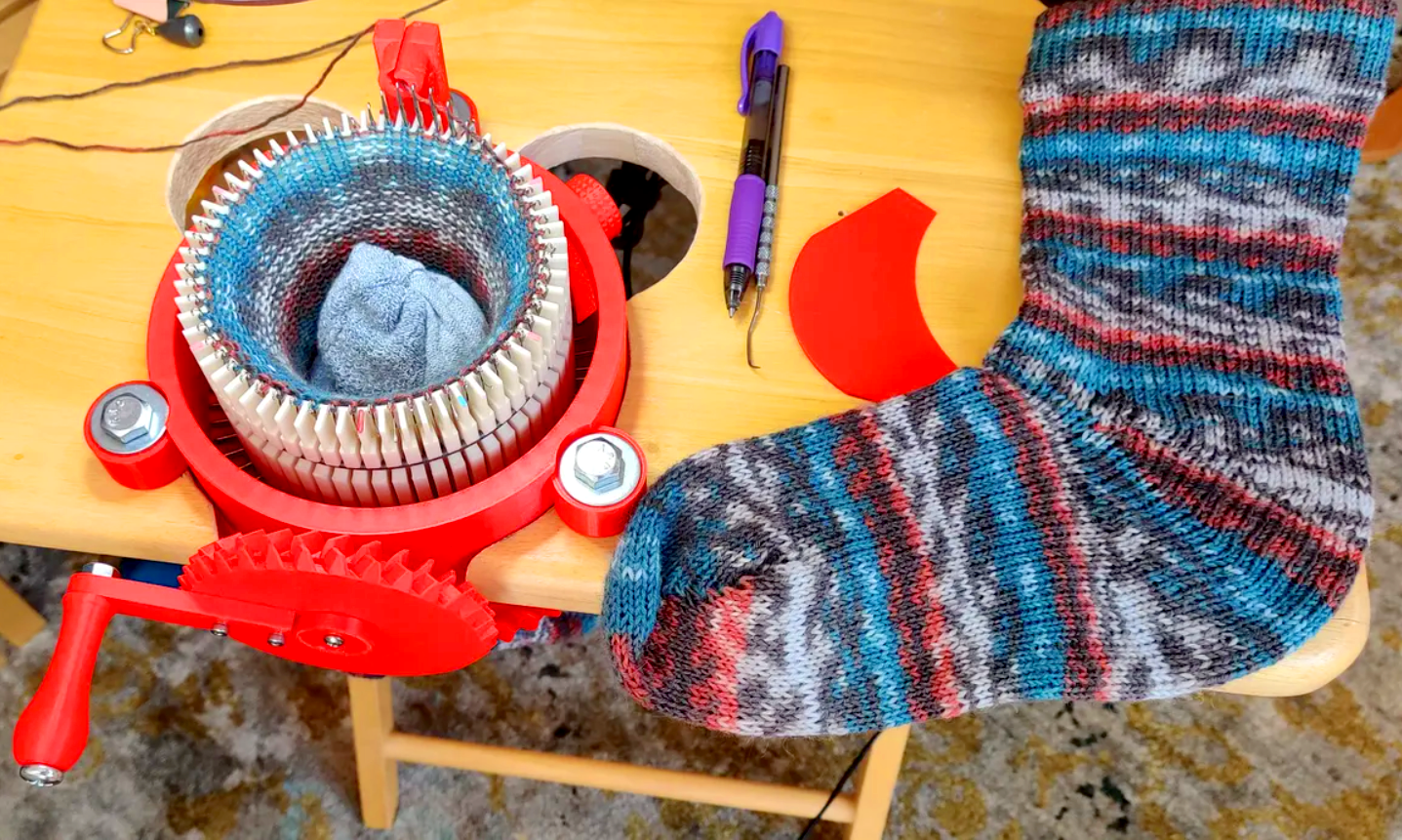
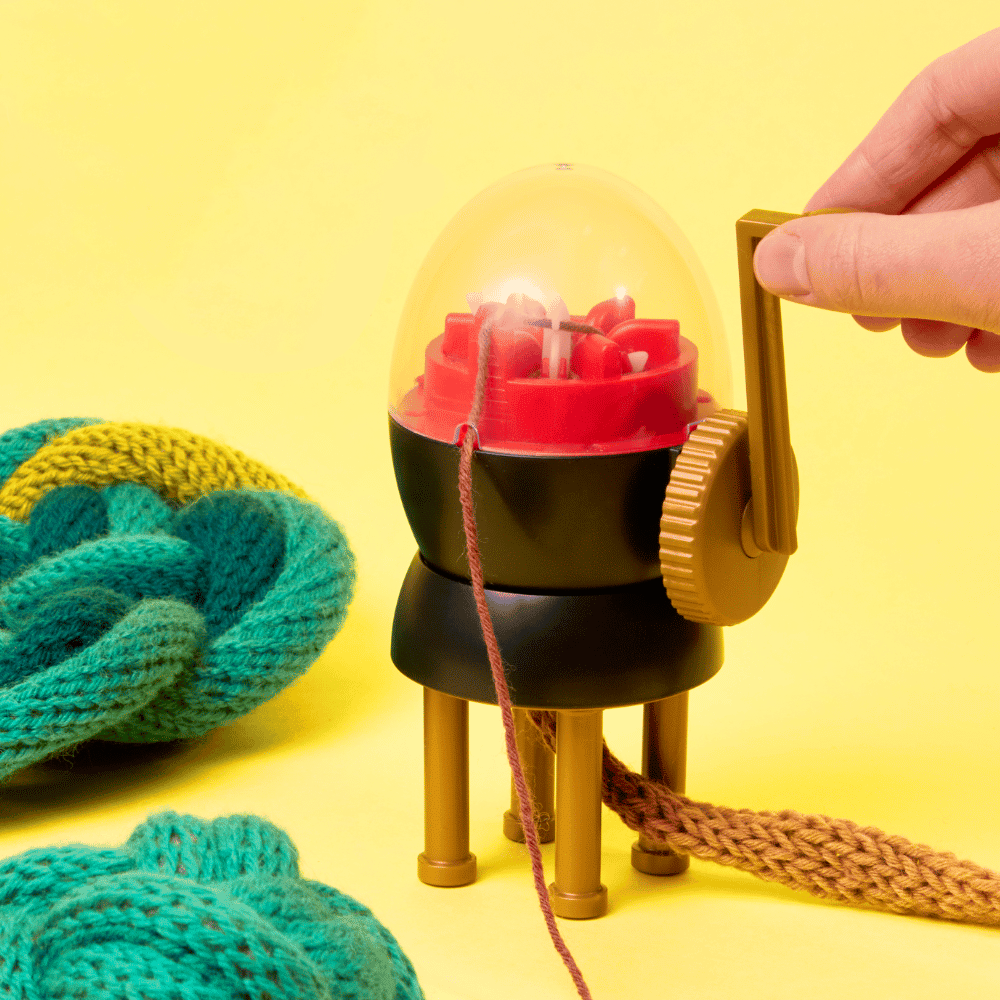
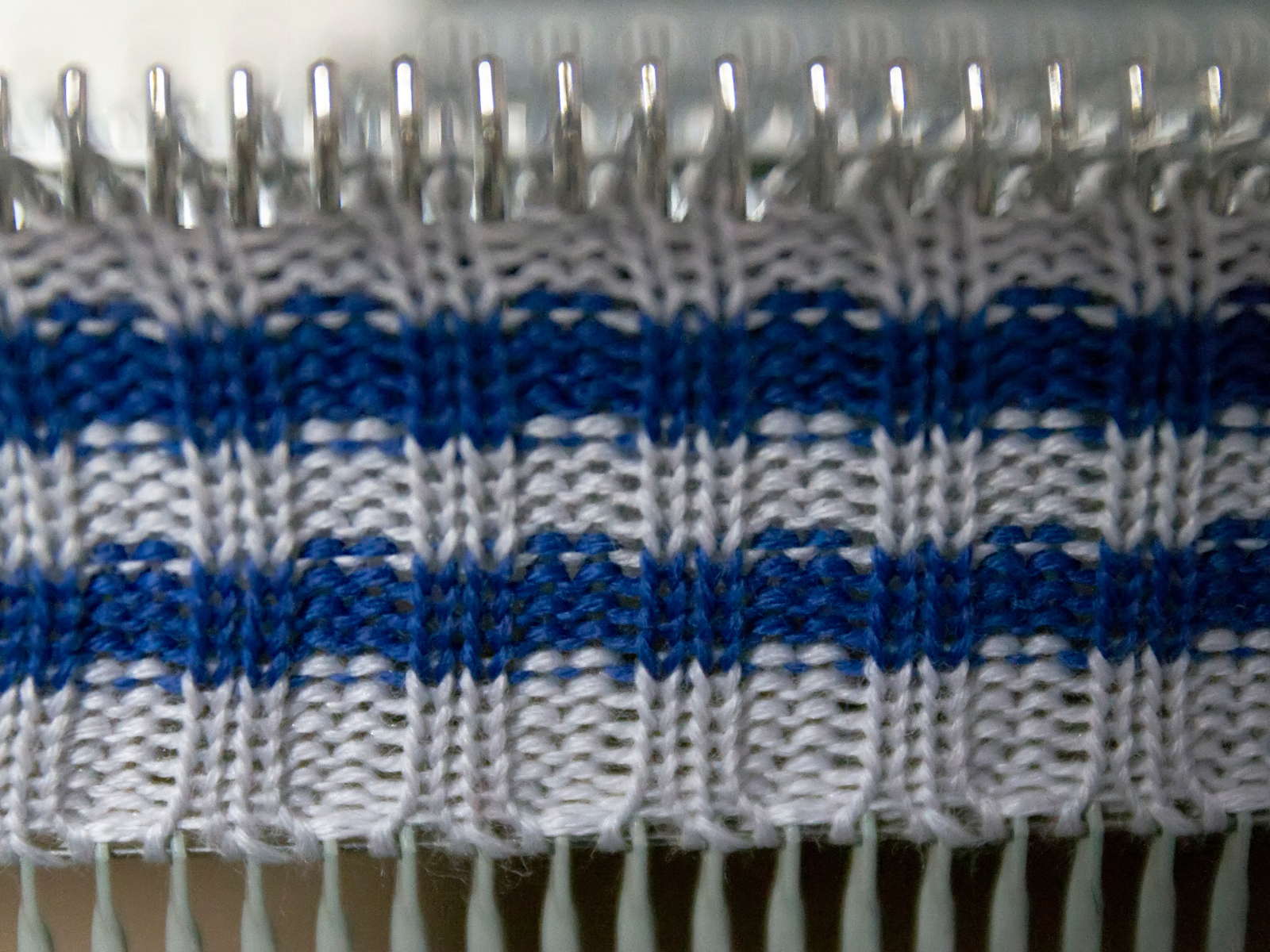
Crafting Unique Items with Knitting Machines
Knitting machines are not limited to creating flat pieces; they can also be used to knit items in different shapes, including tubes and circles, which opens up a world of possibilities for the creative knitter.
Circular knitting machines, for example, are designed to produce seamless tubes of fabric, which can be used for hats, socks, and other cylindrical items.
This capability allows knitters to experiment with various designs and patterns that would be more time-consuming or difficult to achieve with flat bed machines.
The versatility of knitting machines extends to weaving-like textures as well.
By manipulating the needles and yarn tension, knitters can create fabrics that resemble woven materials, adding another dimension to their craft.
This is particularly useful for those looking to explore the intersection of knitting and weaving without investing in separate equipment.
Whether it's creating intricate lace with thin yarn or robust blankets with sport weight yarn, the potential to innovate with knitting machines is vast.
As hand knitters become more familiar with the capabilities of their machines, they can expand their repertoire to include a diverse range of textiles and products.
Incorporating machine knitting into one's creative practice can greatly enhance the range and speed of production while offering a new way to explore traditional and modern designs.
The possibilities are endless when it comes to machine knitting, making it an exciting and rewarding skill for any knitter to learn.
From creating intricate stitch patterns and textures to producing unique shapes and designs, knitting machines offer a world of opportunities for creativity and innovation.
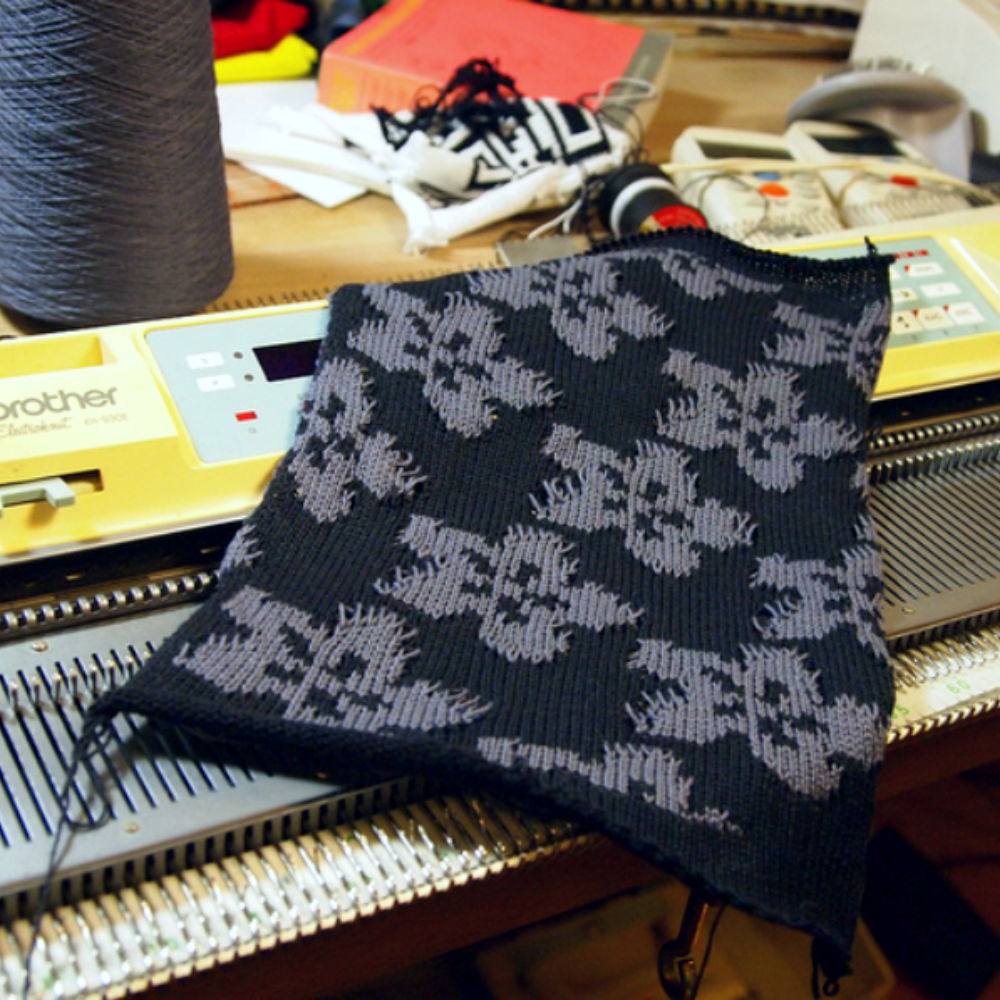
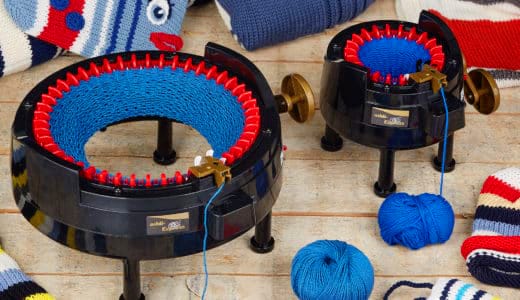
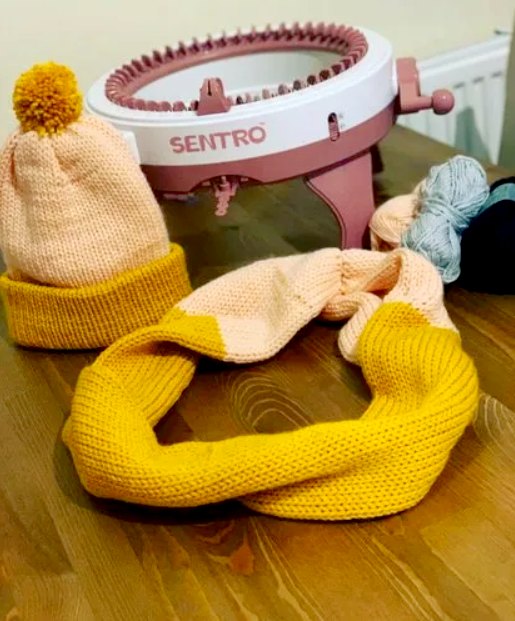
Maximizing Machine Knitting Potential
Working with machine knitting can be an exciting and rewarding experience, enabling you to create beautiful knits in less time.
To get the most out of your machine knitting journey, it's essential to pay close attention to needle positioning and quality, as well as regularly maintain and troubleshoot any potential issues.
Investing in compatible accessories can also enhance your machine knitting experience and help you achieve professional results.
Transitioning from hand knitting to machine knitting may require some adjustments, but with practice and an understanding of the basics, any knitter can harness the full potential of their knitting machine.
Understanding how many needles you need for a knitting machine is key to maximizing your knitting potential.
By considering the gauge, yarn type, and desired stitch patterns, you can ensure that your machine is properly equipped to handle your knitting projects.
Be sure to consider the type of yarn you plan to use and select a gauge that's appropriate for its weight.
Whether you're a beginner or an experienced machine knitter, having the right number of needles is crucial for your knitting success, and there is a machine knitting needle out there that will suit your needs.
Remember to experiment and have fun with your projects, and you'll be creating beautiful machine-knit garments and accessories in no time!
Whether creating unique items or exploring new techniques, machine knitting offers endless possibilities for creativity and innovation in the world of textiles.
So, why not give it a try and see where your imagination takes you?
This is just the beginning when it comes to mastering knitting machines; keep exploring and learning, and you'll be amazed at what you can create!
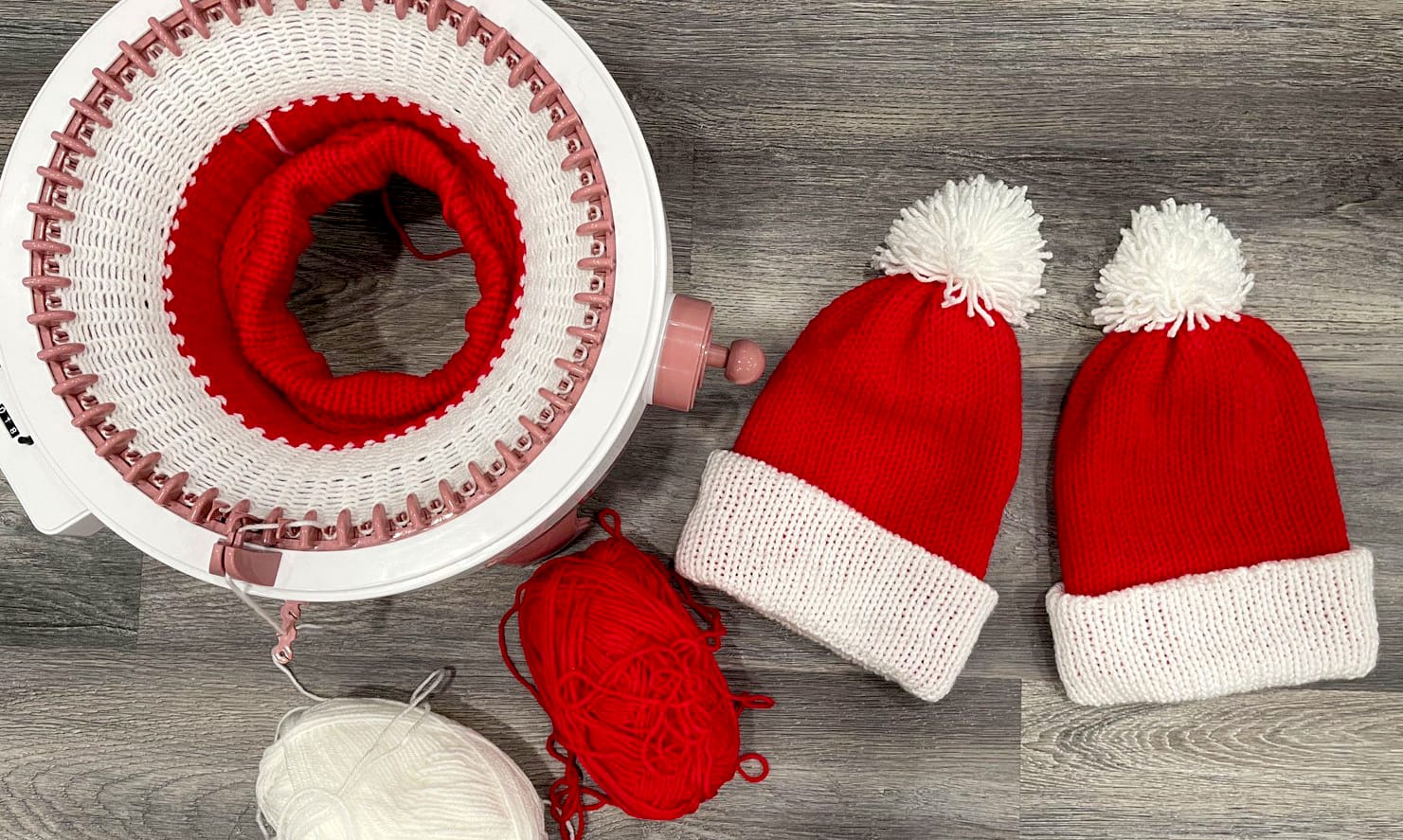


Interested in learning more about the types of knitting machines? Check out Good and Basic's video!
Want even more content about creativity and art?
Be sure to check out all of our creative chronicles!
Eager to learn more about knitting and knitting machines?
Check out some of our other articles:
-Interchangeable knitting needles
-Can you use any wool on a knitting machine?
-Can you crochet with a knitting machine?
-Can you make money with a knitting machine?
